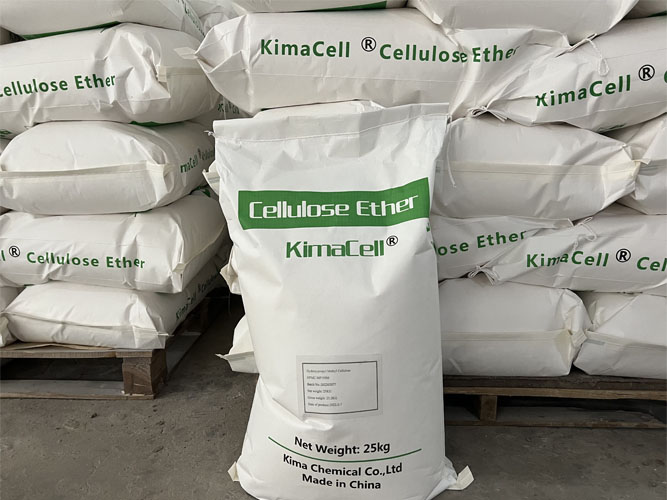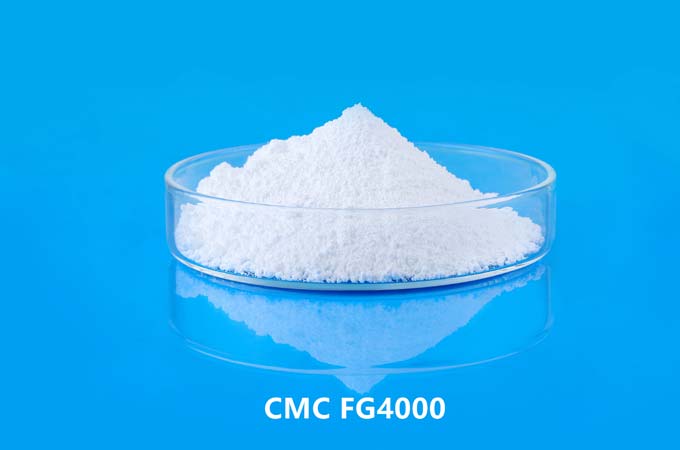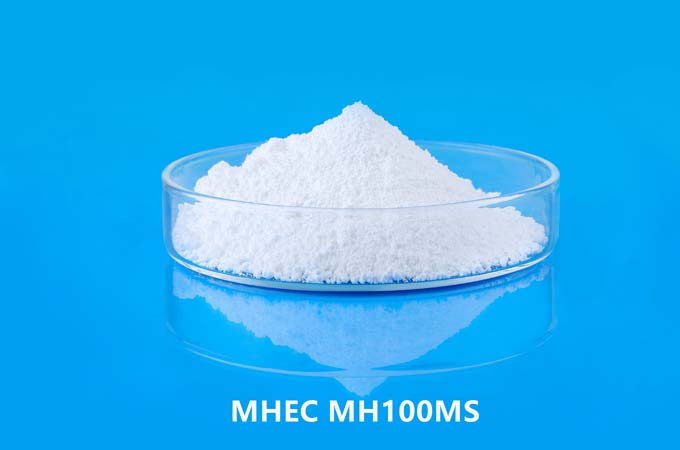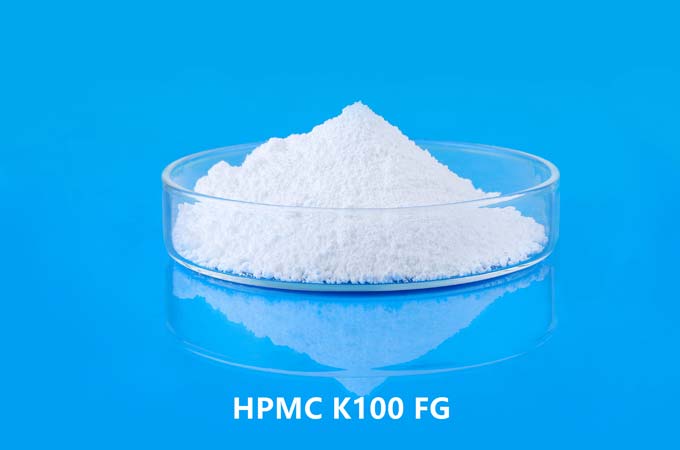Hydroxypropyl Methyl Cellulose (HPMC): Properties, Applications, Manufacturing Process and Benefits
Introduction to Hydroxypropyl Methyl Cellulose (HPMC)
Hydroxypropyl Methyl Cellulose (HPMC) is a versatile polymer derived from cellulose, a natural polymer found in plant cell walls. HPMC is modified through chemical processes to enhance its properties, making it a widely used compound in various industries. This guide provides an in-depth exploration of HPMC, covering its properties, applications, manufacturing process, and key benefits.
1. Properties of Hydroxypropyl Methyl Cellulose
HPMC possesses several remarkable properties that contribute to its popularity across industries:
a. Solubility and Gelling Behavior: HPMC is soluble in cold water, but its solubility decreases as the temperature rises. It forms a clear and viscous colloidal solution when dispersed in water, making it useful for applications requiring thickening and gelling.
b. Rheology Modifier: HPMC is an effective rheology modifier, influencing the flow behavior and viscosity of liquids. It can be used to adjust the texture and consistency of various products, from paints to personal care items.
c. Film Formation: HPMC can form flexible and transparent films when dried. This property is exploited in pharmaceutical and food industries to create coatings for tablets and encapsulation of flavors.
d. Water Retention: HPMC has excellent water retention capacity, making it valuable in construction materials like cement-based products. It helps to control water content, improving workability and durability.
e. Thermal Gelation: HPMC can exhibit a gel-like behavior when heated in water. This property is utilized in food products, where HPMC can create heat-stable gels.

2. Manufacturing Process of HPMC
The production of HPMC involves several steps:
a. Etherification: Methyl cellulose, derived from cellulose, is first reacted with propylene oxide to introduce hydroxypropyl groups, leading to the formation of hydroxypropyl methyl cellulose.
b. Purification and Drying: The resulting product is then purified to remove any unreacted chemicals and byproducts. It is then dried to achieve the desired moisture content.
c. Particle Size Control: HPMC is milled or ground to obtain the desired particle size, which affects its solubility and other properties.
3. Applications of Hydroxypropyl Methyl Cellulose
HPMC finds applications in various industries due to its unique properties:
a. Construction Industry: HPMC is used in cement-based products like mortar and plaster to improve workability, water retention, and adhesion. It also acts as a binder in tile adhesives.
b. Pharmaceutical Industry: In pharmaceuticals, HPMC is used as a binder, disintegrant, and controlled-release agent in tablet formulations. It also enhances the stability of suspensions.
c. Food Industry: HPMC is utilized as a thickener, stabilizer, and emulsifier in food products. It can improve the texture and mouthfeel of sauces, dressings, and dairy products.
d. Personal Care and Cosmetics: HPMC is a common ingredient in personal care products like shampoos, lotions, and creams due to its ability to control viscosity and enhance stability.
e. Paints and Coatings: HPMC is used as a thickener, anti-sag agent, and binder in paints and coatings, helping to achieve desired viscosity and prevent settling.
f. Other Industries: HPMC is employed in industries such as detergents, textiles, and ceramics due to its ability to modify rheological properties and improve product performance.
4. Benefits of Hydroxypropyl Methyl Cellulose
HPMC offers several advantages in various applications:
a. Improved Formulation Flexibility: HPMC enables formulators to achieve desired viscosity, texture, and stability in a wide range of products.
b. Extended Release in Pharmaceuticals: In pharmaceuticals, HPMC can be used to create controlled-release formulations, allowing for prolonged drug release and improved patient compliance.
c. Reduced Water Usage in Construction: HPMC's water retention properties enhance workability in construction materials, reducing the need for excess water and improving overall durability.
d. Texture Enhancement in Foods: HPMC can improve the texture and mouthfeel of food products without affecting flavor or nutrition.
e. Eco-Friendly Nature: As a derivative of cellulose, HPMC is biodegradable and poses minimal environmental impact.
5. Conclusion
Hydroxypropyl Methyl Cellulose (HPMC) is a versatile compound with a wide range of applications across industries. Its unique properties, including solubility, rheology modification, and film-forming capabilities, make it a valuable ingredient in products ranging from pharmaceuticals to construction materials. Understanding HPMC's properties and applications can help industries leverage its benefits to create better-performing and more innovative products.
 English
English 日本語
日本語 français
français Deutsch
Deutsch Español
Español italiano
italiano русский
русский português
português العربية
العربية Türkçe
Türkçe Nederland
Nederland




